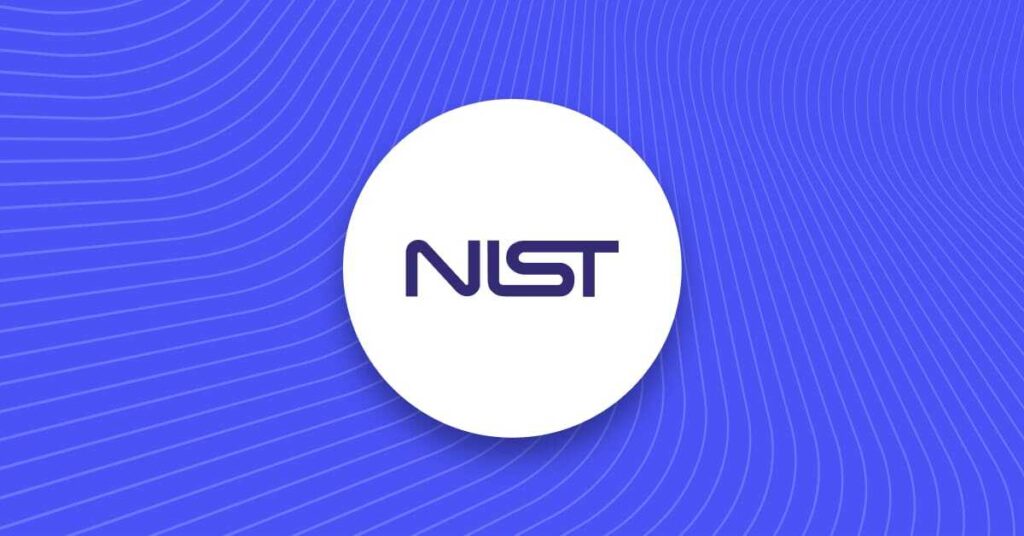
Know your customer (KYC) — or know your client — is a process many regulated industries need to complete to prevent money laundering, fraud, and other financial crimes. Although once completed manually, these processes are increasingly being digitized as we all come to rely on digital access to financial services — 64% of primary checking accounts were opened online in Q2 of 2020. As global digital transformation progresses, these numbers are expected to rapidly increase.
Although online financial services offer numerous benefits, they come with significant security risks. A recent report found that global online financial services fraud attempt rates increased by 149% compared to the first four months of 2021 and the last four months of 2020.
KYC processes function to mitigate these risks by confirming the identity of organizations and individuals that financial institutions work with. They also determine if all entities are compliant with established laws. Put simply, KYC ensures that customers are not falsifying their identity and are not perpetrators of financial crimes.
To offer greater insight into KYC’s role in the financial realm, Onfido created this short guide to KYC requirements for banks. The next few sections will answer the following questions:
- What is KYC’s purpose in banking and what benefits does it provide?
- How does the KYC process work for banks?
- How can automation streamline KYC processes?
What is the purpose of KYC in banking?
KYC allows financial institutions to identify impersonators and continuously monitor individuals to quickly spot criminal activity. Some benefits of KYC policy include preventing:
- Money laundering
- Fraudulent activities
- Financing terrorist activities
- Identity theft
- Embezzlement
- Forgery and counterfeiting
Although the specifics of anti-money laundering (AML) and KYC policies vary from country to country, some form of KYC is mandatory for all financial institutions across the globe. Here are a few examples:
- The Financial Crimes Enforcement Network (FinCEN) is the regulatory authority for all AML and KYC policy requirements in the United States. Specifically, the Patriot Act serves as the basis for all North American KYC requirements.
- The Autorité des Marchés Financiers in France controls all financial regulations and created the French KYC policy.
- The Bank of Greece supervises all Greek financial regulations. Additional entities like the Anti-Money Laundering Authority and the Ministry of Digital Governance take part in developing Greek KYC policy as well.
- In the Republic of Ireland, the Central Bank of Ireland oversees all financial regulations, including Irish KYC policy.
- The Central Bank of the UAE governs KYC policy and all other monetary policies in the United Arab Emirates.
Of course, this is only a small sample—you may view the full list of internationally approved KYC rules.
KYC requirements for banks
KYC regulations and frameworks vary from country to country, which means that KYC process steps in banks also vary for local and global banks alike. The barebones requirements for KYC will typically include customer identity verification and screening against politically exposed persons (PEPs), sanctions, and adverse media watchlists.
Some geographies request specific methods of customer identification. Most commonly, KYC customer identification processes require proof of identity, such as a passport, national identity card, or driver’s license. Additionally, many banks and financial institutions require proof of address and proof of income.
Some examples of commonly approved KYC documents include:
Government-issued identity documents
- Passports
- Voter’s registrations or voter cards
- Driver’s license
- Residence visas or work permits
- National identity cards
Proof of address
- Utility bills
- Tax bills
- Bank statements
Proof of income credentials
Proof of income and source of funds checks are typically requested when banks are required to perform enhanced due diligence (EDD) on customers. Acceptable proof of income includes:
- Tax returns
- Salary slips
- Bank statements
- Most recent paychecks/stubs
Although individual KYC process steps differ, most banks will require some combination of the above documents and reliable watchlist databases to assess customer risk at onboarding and beyond.
Simplifying the complexities of KYC
Because of the immense scope and nuances involved with financial regulations, KYC can be challenging to navigate. Many financial institutions struggle with:
- Lengthy and expensive onboarding processes
- Ineffective record management
- Poor data collection
- Lack of detail surrounding alerts
Additionally, failing to adhere to KYC requirements can lead to legal prosecution, damaged reputation, loss of consumer confidence, and costly fines. Therefore, organizations are under immense pressure to get things right.
Using KYC automation helps financial institutions ensure compliance, improve efficiencies, streamline their onboarding processes, and much more. For example, Onfido provides:
Our compliance manager’s guide looks at the regulatory landscape in the EU, UK, and US — and examines key considerations when building identity verification processes.





